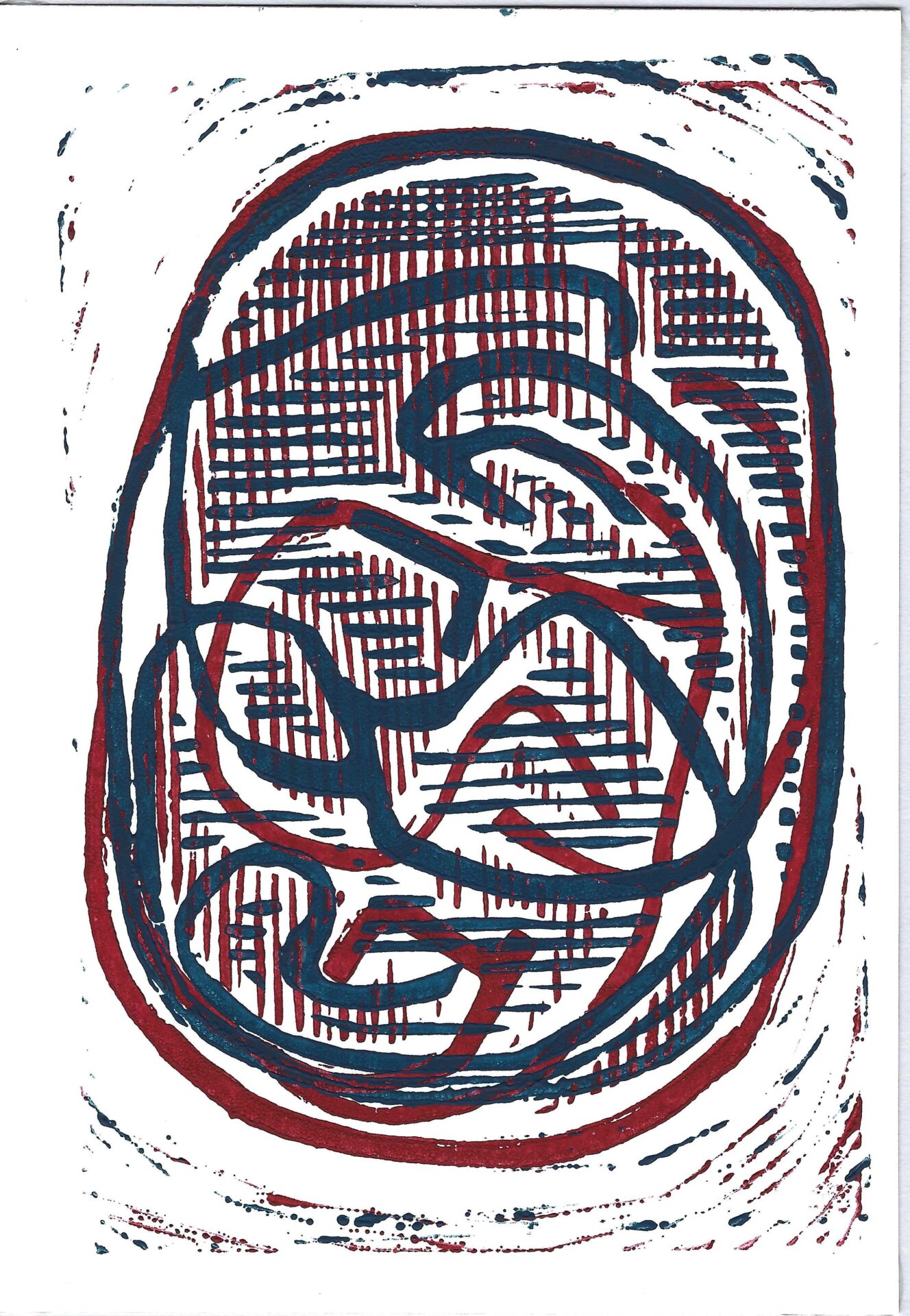why do we break the middle matzah?
An eight year old asked me the other day why we break the middle Matzah for the Afikoman.
I searched in a dozen Haggadot and other sources, (including academic ones, e.g. Bokser’s “Origins of the Seder”) and I can find nothing. I am familiar with the interpretation of the three matzot as symbolic of the Cohanim, Levites and Israel. I also know of an explanation for why we eat the smaller portion. But these tell me nothing about why we break the middle Matzah.
Does anyone know of an explanation and a source?
Here’s what I have in my Haggadah:
Of the three Matzot on the Seder table, break the middle one in two. Leave the smaller piece. Wrap the larger in a napkin to be hidden at some time during the evening, before dessert is served. This piece of Matzah is now called the “afikoman.” It must be found and reunited with the other Matzot (and eaten) right after dinner, or the Seder cannot proceed.
These three Matzot are certainly not enough to feed us all tonight. What could they symbolize?
Our sages offer a variety of explanations. Among these, they suggest that the Matzot represent the three ancient branches of the Jewish people: Cohen, Levite and Israelite. They can also represent our thoughts, our speech and our action. While our thoughts and actions remain whole, our speech (like that of Moses) is often broken.
Our words form the transition from our thoughts to our actions. We should consider them well, make them honest and consistent so that they lead to proper action.
We have just broken the middle Matzah and will hide the afikoman, the larger half of it, to share later, as our ancestors shared the Passover offering itself at this service thousands of years ago in Jerusalem.
- More lies ahead than what has passed;
- more is hidden than revealed.
- True wisdom is often deep and hidden;
- attained by the modest.
- Those whose dreams exceed their actions are still young.
No one knows for certain what the word afikoman means. A common tradition says it comes from the Greek word for dessert.
Another suggests that it represents the messiah. Separated from the Jewish people, the messiah will, during the course of our tikkun olam—our ongoing struggle to perfect the world—(symbolized and re-initiated by this Seder), be reunited with our people. Today, we begin that process. As we realize how little we truly know, we can break from the mold of habit to accept the responsibility of fulfilling our commitments. We work for that time of perfection: the Messianic Era.
Now many Jews remain broken off from our people. Some continue this way of their own choice here in Western countries. Others remain forcibly estranged in other parts of our world. We work for a time when our people will be reunited. When this happens we know that all will be free.

